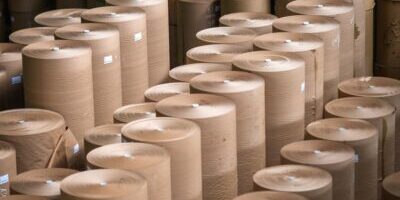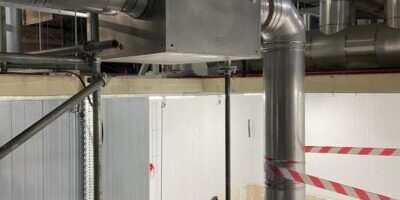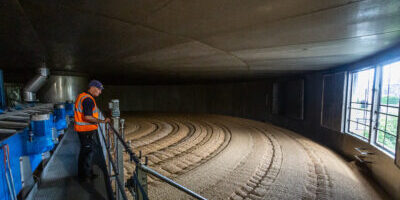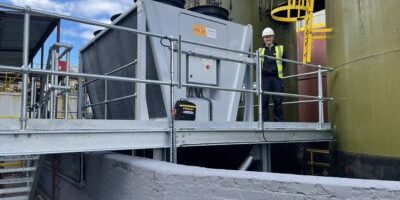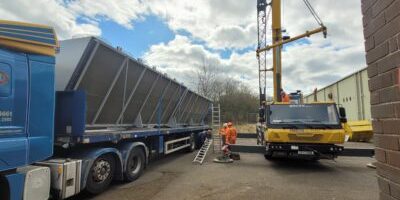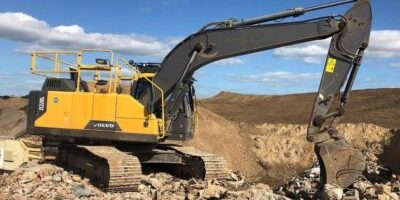So significant are the savings from having a boiler economiser installed to recover and transfer waste heat from the boiler flue gas to the boiler feedwater loop, that when one fails, it’s ‘all hands to the pump’ to replace it.
Steam boilers are arguably the silent workhorses of distilleries, less glamorous than the iconic stills, but critical, and boiler fuel costs are substantial.
Turnbull & Scott have custom designed and manufactured new and replacement economisers for many years and respond quickly to orders, fully appreciating the financial impact on its customer base.
In this instance, the economiser of a 13 ton/hr gas fired steam boiler failed irreparably and the distillery urgently sought a replacement.
Economiser Design
Turnbull & Scott has its own proprietary research-backed design software which can accommodate a broad range of geometries for finned tube and bare tube crossflow type heat exchangers.
This program was used to determine the optimal design for heat transfer within the given dimensional envelope.
Support to Obtain Key Plant Information
Procuring an economiser is not an everyday occurrence so the Turnbull & Scott design team often guide plant engineers on the operating data that’s required to produce the economiser design, and where or how to obtain it from the boiler plant.
In this instance, working together with our design engineers, the distillery engineers were able to pull together the required key operating data from the 13 ton/hr gas fired steam boiler plant, and the physical dimensions to feed into the design process.
Key information requirements, in any of the formats highlighted below, include:
- Flue gas flow rate (kg/s, m3/hr, ft3/min, CFM) – this could be by an inferred measurement – velocity probe – or from a combined measurement based on knowing the air/fuel ratio from the measured gas/fuel supply. This is often a part of a newer boiler control panel.
- Flue gas temperature (oC, oF) – typically measured from the flue directly with a temperature probe or thermocouple , or read of the boiler’s control panel (this is a common feature on most newer boilers).
- The boiler operating pressures (Pa, Bar, mmhg) - probably taken from the boiler control panel.
- Incoming feedwater temperature (oC, oF) – via a temperature probe or a thermocouple, or on the boiler control panel.
- Incoming feedwater flowrate (kg/s, m3/hr, ft3/min, CFM) – possibly measure from water consumption meters, a distinct plant flow meter, or on the boiler control panel.
- Physical size dimension limits.
Occasionally not all of that information may be available, and the design team can often work around that. It is common that the customer will have a desired outlet water temperature in mind, but not know a flow rate OR they have a set amount of water, and want to know the available outlet water temperature – we can calculate this at the design stage.
610kW Heat Recovery
The economiser design for the Speyside distillery included 123 off 1.2m carbon steel tubes orientated horizontally in 7 rows in a staggered arrangement, and the 5cm spiral fins were also carbon steel.
The resultant heat transfer was 610kW.
Fuel Savings
The temperature of flue gases exiting this gas fired 13 ton/hr steam boiler was 277 oC and with the economiser able to recover 610kW, this amount of heat transfer raised the boiler feedwater from 80oC to 135oC.
For the distillery, paying circa. 3p/kWh on gas, the savings are impressive:
- 610kW x 3p/kWh = 1815 pence/kWh (or £18.3/kWh)
- Running 2 shifts, 5 days a week at a minimum, forecast savings = £18.3*16*5*52 = £76,128 p.a.
